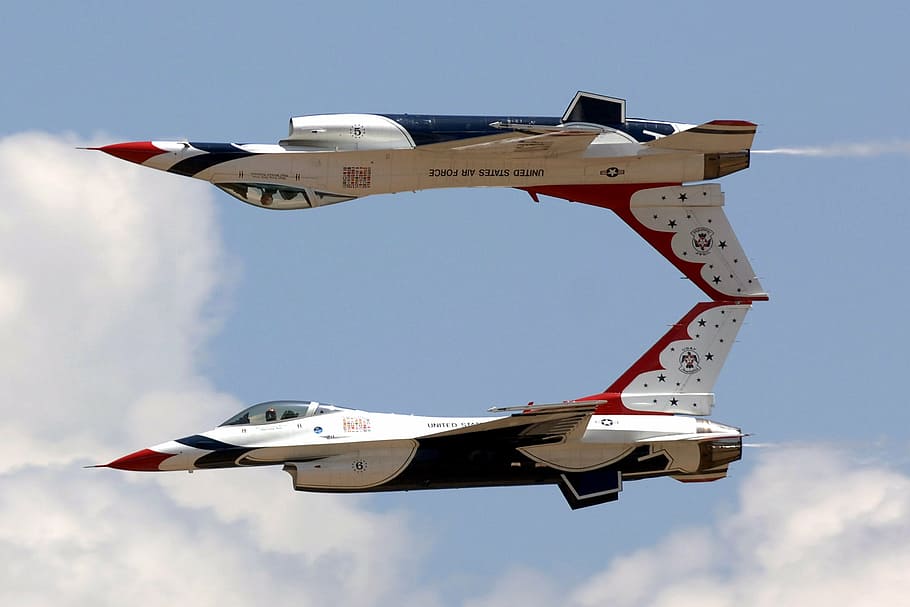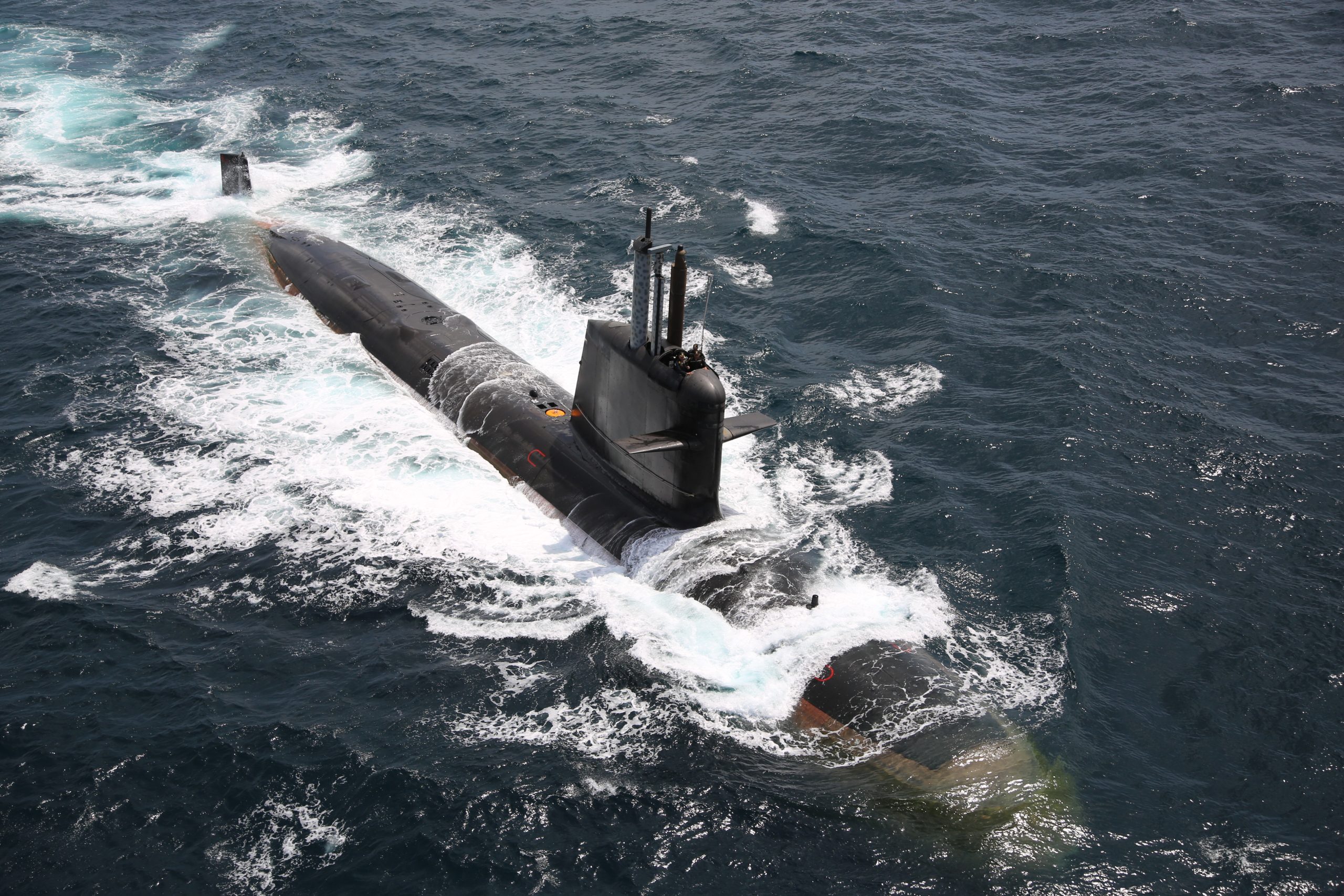After Swedish Saab – the company that develops powerful Gripen Fighter Jets (that the Indian Air Force could also operate), another foreign firm is likely to pull out of the Indian Navy’s Rs 43,000-crore submarine project.
German group ThyssenKrupp Marine Systems (TKMS) has said that it might not be able to move forward with the project as it finds the tender requirements “too restrictive”, The Economic Times reported.
TKMS, which provides key technologies vital for submarines, is one of the frontrunners for the project. Initially, the Indian Navy had collaborated with Swedish company Saab which, according to reports, had backed out. This resulted in the last-minute entry of a South Korea-based shipbuilder into the project.
Saab had been a part of the pre-bidding meetings with all stakeholders for two years. As reported by The Economic Times, Saab wrote to the Indian defense ministry that it would be unable to continue being a part of the competition for the design and development of Indian Navy submarines.
A number of conditions in the strategic partnership policy under which the project was being processed were not acceptable to the Swedish firm, due to which the company decided to pull out.
According to reports, the submarine program, which is the single largest ‘Make in India’ project, pertains to the design and development of six conventional submarines that will enhance the capabilities of the Indian Navy.
- TALIBAN TERROR: China Conducts Counter-Terror Drills With Tajikistan; Afghan Embassy Declares Saleh The ‘New President’
- Taliban’s ‘Top Boss’ Is Indian Military Academy Alumnus; Can New Delhi Leverage Old Contacts To ‘Win Back’ Afghanistan?
However, the major obstacle that is in the way of its completion is the statement by the German group where it said that it might quit being a part of this project. The Navy’s project may be left with a single foreign vendor, the South Korean Daewoo Shipbuilding and Marine Engineering.
TKMS had reportedly raised a number of concerns saying that it is impossible for the company to fulfill some of the conditions that were a part of this project.
This included a high indigenous content package as well as a huge liability on the company. The company informed the Indian Navy that they would not proceed any further with the project unless the tender conditions undergo major changes.

The German company entered the project when the Indian Navy expressed its requirement for a sea-proven Air Independent Propulsion (AIP). This was a crucial component as it provided the boats with the ability to stay underwater for more than two weeks, as opposed to the underwater endurance of 2-3 days in the submarines currently in service.
This requirement of a sea-proven AIP resulted in the removal of many shortlisted foreign vendors and left only Germany and South Korea as the contenders.
- Chinese J-20, Russian Su-57 Racing To Develop World’s 1st Stealth Fighter Jet With ‘Super Capabilities’
- Dream Come True For Aviation Enthusiasts As Microsoft Develops Platform To ‘Fly’ World’s Most Powerful Fighter Jet – F-35B
The other contenders, Russia, France, and Spain did have AIP technology but they were not suitable for a submarine and thus could not be demonstrated. India’s Defence Research and Development Organisation (DRDO) has also demonstrated its AIP technology, however, it is not yet sea-proven.
According to DRDO, this could take another 4-5 years. Reports also say that either India’s state-owned Mazagon Dockyard Limited (MDL) or Larsen and Toubro (L&T) could be in the competition for building the boats.

The major concerns raised by the German group include the indigenization of the content. This was set fixed at 45% for the first boat and was increased to 60% for the sixth boat.
It also said that the tender conditions put a huge liability of the performance capabilities of the submarines on the foreign partner even though they are going to be built at an Indian yard. The company also said that the budget of Rs 43,000 crore was very less.
Keeping in mind the technical requirements that come with the project, India says it wants the transfer of high technology as well as the rights to use these for its future, home-grown projects.
To this, many foreign vendors have proposed the idea for an inter-governmental deal. Russia had reportedly written to the Indian Ministry of Defence in 2018 where it said that the best approach to achieve this transfer of technology is through a government-to-government agreement.
— Written by Kashish Tandon
More @ EurAsian Times
- US Experiments With ‘Revolutionary Air Combat Training’ For Fighter Pilots To Dogfight Russian, Chinese Jets
- Despite J-20 Stealth Jet, Why Is China Keen To Acquire Another Stealth Fighter – Russian Su-57 To Its Arsenal?




